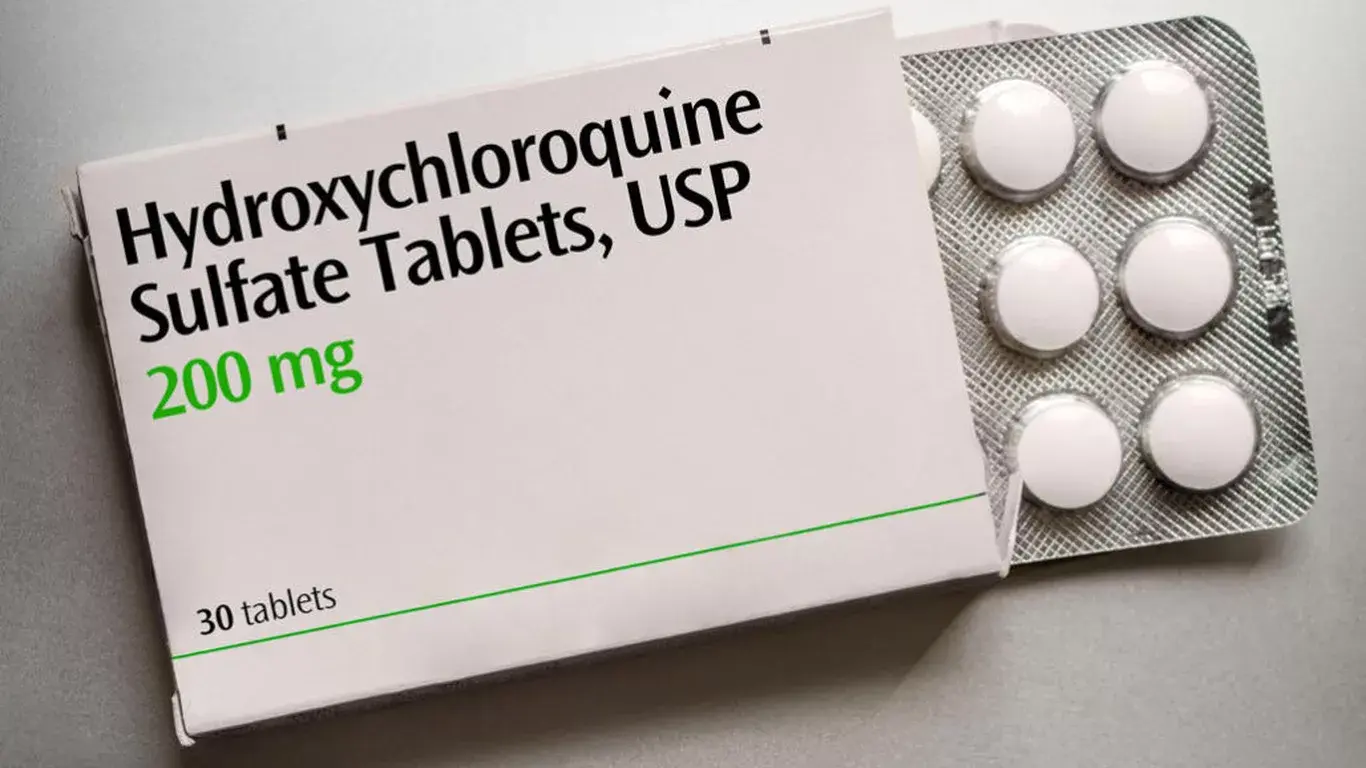On the 29th of February, 2020, Chinese Scientists published a report on https://www.jstage.jst.go.jp on their new findings on the efficacy of Chloroquine phosphate and hydroxycholoroquine, a less toxic variation of the former in the treatment of COVID-19. As if nothing happened, the west ignored the Chinese findings and instead focussed on criticizing the numbers reported by the Chinese government.
On March 16, the French government published its findings on the use of the anti-malarial drug. Professor Didier Raoult, an infectious diseases specialist and the head of the Institut Hospitalo-Universitaire (IHU) Méditerranée Infection in Marseille (Bouches-du-Rhône, Provence-Alpes-Côte d'Azur), said that they had tried the drug on 24 patients. The patients were among the first to contract the disease in the South East of France and had voluntarily admitted themselves to the hospital for the process.
They administered 600mcg per day for 10 days and were closely monitored for 10 days. Professor Raoult said, “We included everyone who was in agreement [to be treated], which was almost everyone. Two towns in the protocol, Nice and Avignon, gave us [infected] patients who had not yet received treatment.
“We were able to ascertain that patients who had not received Plaquenil (the drug containing hydroxychloroquine) were still contagious after six days, but of those that had received Plaquenil, after six days, only 25% were still contagious.” In the report, the French recommended the use of the two variants of Chloroquine and Azithromycin as a prophylactic medication.
Elon Musk tweeted that the anti-malaria drug chloroquine was “maybe worth considering@ as a treatment for COVID-19. This seemed to have caught the eyes of President Donald Trump who later on talked about the research being done by the FDA on the same drug.
As the hype gained traction in the media, so has its prospects to be used to combat COVID-19, a disease caused by SARS-COV-2.
The old anti-malarial drug which gained its popularity in the 1940s was originally extracted from the back of cinchona tree and used as an herbal medicine in treatment of fever by indigenous Peruvians. The drug was then used for treatment of Malaria for close to 70 years as the parasites slowly started showing signs of resistance to the drug. Then the desperate moves by the Chinese showed that it could be a potential tool against COVID-19.
Small clinical trials by the Chinese, Australians and French have so far shown that the drug has an ‘acceptable efficacy’ against the effects of COVID-19 but its mode of action is still unknown to the scientists.
In the treatment of Malaria, chloroquine normally makes it toxic for the plasmodium parasite to ingest the host’s haemoglobin. In the end, the parasite cannot replicate and they eventually get attacked by the immune system to annihilation. However, its mechanism of action against virus is not clear but it is thought to disrupt a virus’s ability to enter a cell.
Nabil Seidah, a molecular biologist at the Montreal Clinical Research Institute (IRCM), and colleagues examined chloroquine’s effect on SARS-CoV back in 2005. Seidah is currently experimenting with drugs including chloroquine as potential SARS-CoV-2 treatments and using material sent to him by pharmaceutical firms.
His 2005 study reported “strong antiviral effects” in animal cells in vitro. Seidah tells The Scientist that the mechanism by which chloroquine disrupts infection by a coronavirus remains unclear.
Chloroquine can raise the pH of endosomes, vesicles inside cells that are hijacked as points of entry by viruses. Endosomes have a slightly acidic pH, which helps facilitate this process. Seidah explains that chloroquine can raise endosomic pH slightly, which prevents fusion and stops the virus from entering the cell. Seidah says chloroquine may also block enzymes involved in the fusion between the virus and lung cells or stymie the viral replication process.
Whatever the mechanism, Seidah says, it’s likely a combination of drugs of some kind that will, ultimately, be needed to treat COVID-19.
“Chloroquine alone will not solve the problem,” he says.
Rossman says he would expect chloroquine to inhibit SARS-CoV-2 in the lab, based on what is known about its ability to raise endosomic pH. “But there’s often a huge gap between how it works in the lab cells and how it works in the body,” he says.
The drug is potentially dangerous when used at high doses or for prolonged periods. It can cause permanent blindness and even death. Rossman and Seidah agree that larger clinical trials are a must before chloroquine is considered safe and effective as a treatment for COVID-19.





